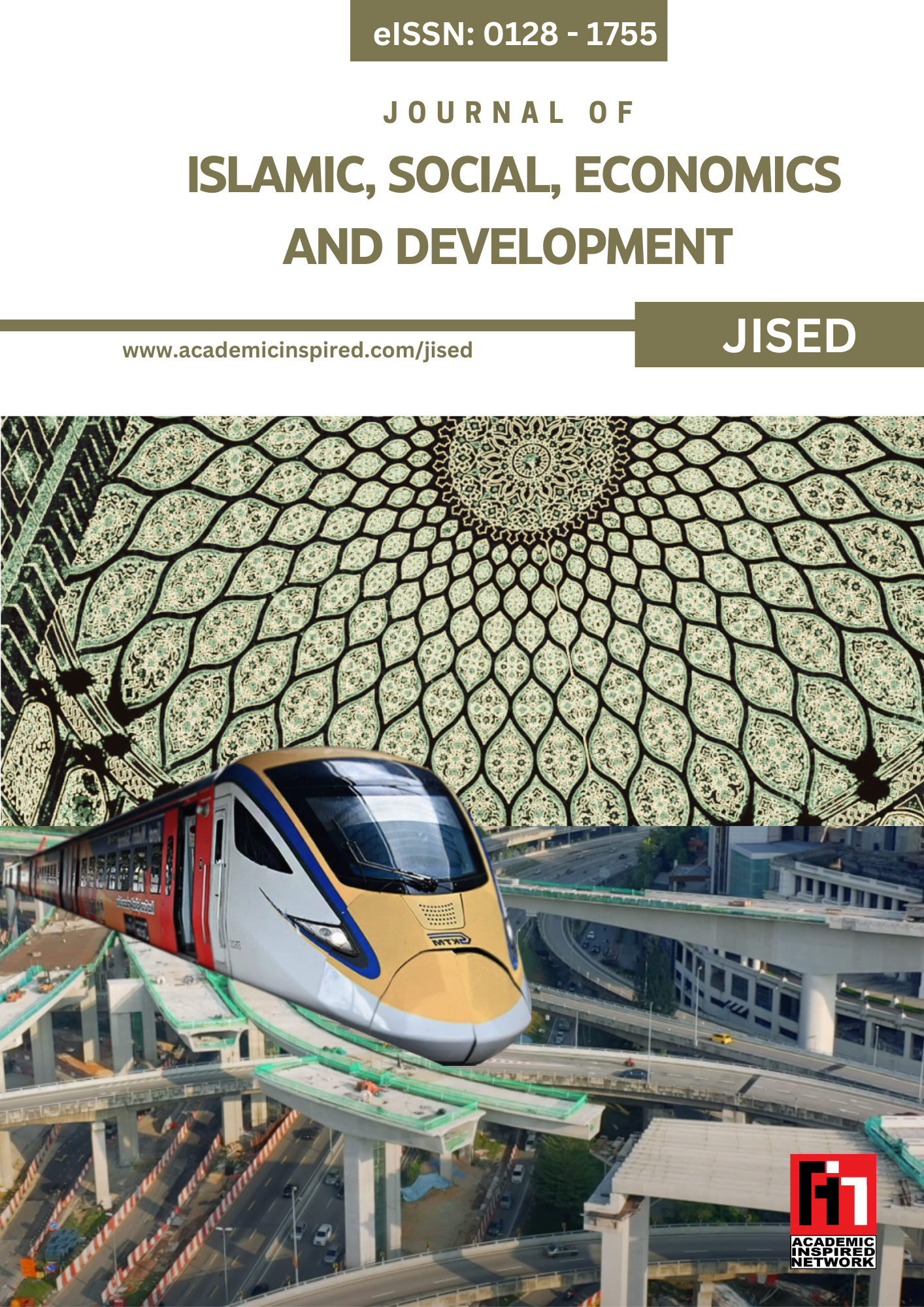Body returning and mind hiding: Rethinking the cultural symbol construction of Tao Yuanming's image of hiddenness
Keywords:
Tao Yuanming, Seclusion, Wine, Chrysanthemum, Cultural SymbolsAbstract
Nourished by the reclusive culture of the Wei, Jin, and North and South Dynasties, Tao Yuanming has been regarded as "the ancestor of the ancient and modern reclusive poets", and an outstanding representative of the reclusive culture in ancient China. Questions about the reasons for Tao Yuanming's seclusion and its characterisation have always attracted the attention of researchers, but there is a lack of practical understanding of the characterisation of Tao Yuanming's seclusion and the way in which his image of seclusion is constructed in terms of cultural symbols. From the poetic imagery, the images of wine and chrysanthemum are the cultural symbols of Tao Yuanming's returning to the garden and becoming a hermit; from the poetic content and thoughts, Tao Yuanming's process of seclusion is a physical and mental change of longing for the garden, living in the garden, and enjoying the garden; from the evaluation of the characters of the later generations, Tao Yuanming's image of seclusion is a process of construction from the self-image of writing to the recognition of the later generations. Through the re-examination of poetic imagery, content and ideas, as well as later historical texts and poet evaluations, a new perspective is provided for understanding the formation of Tao Yuanming's image of seclusion in which the body returns to the heart.













